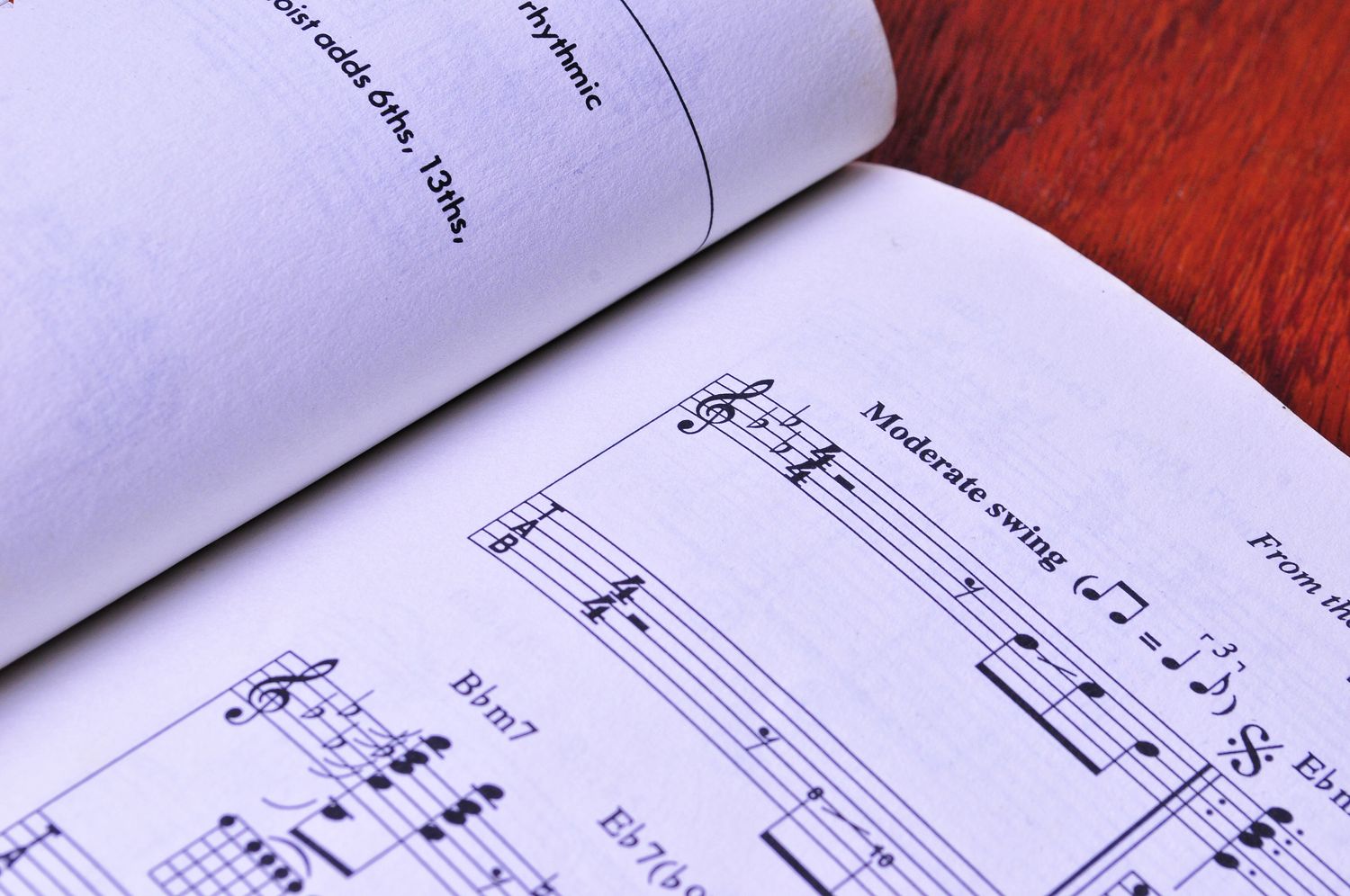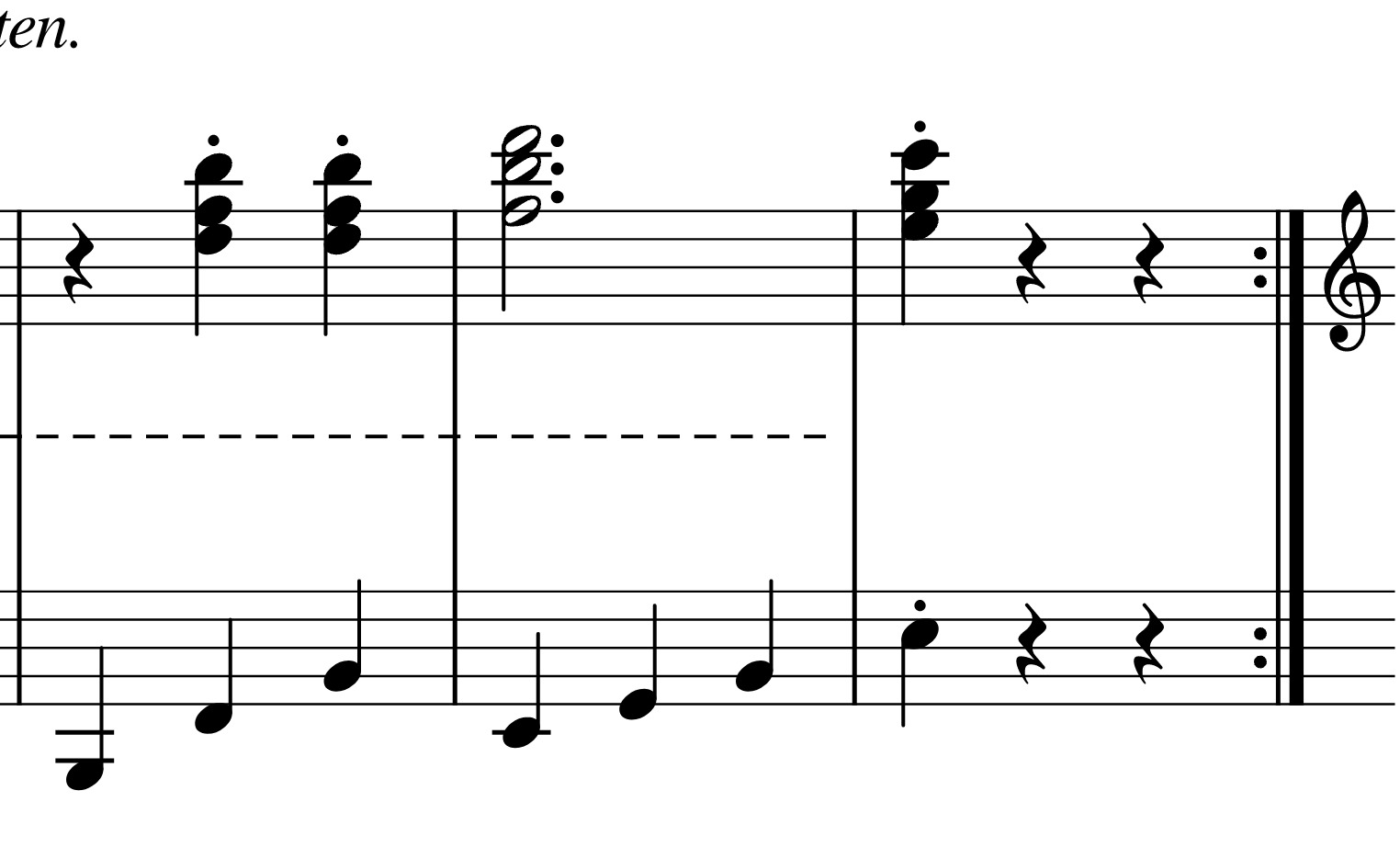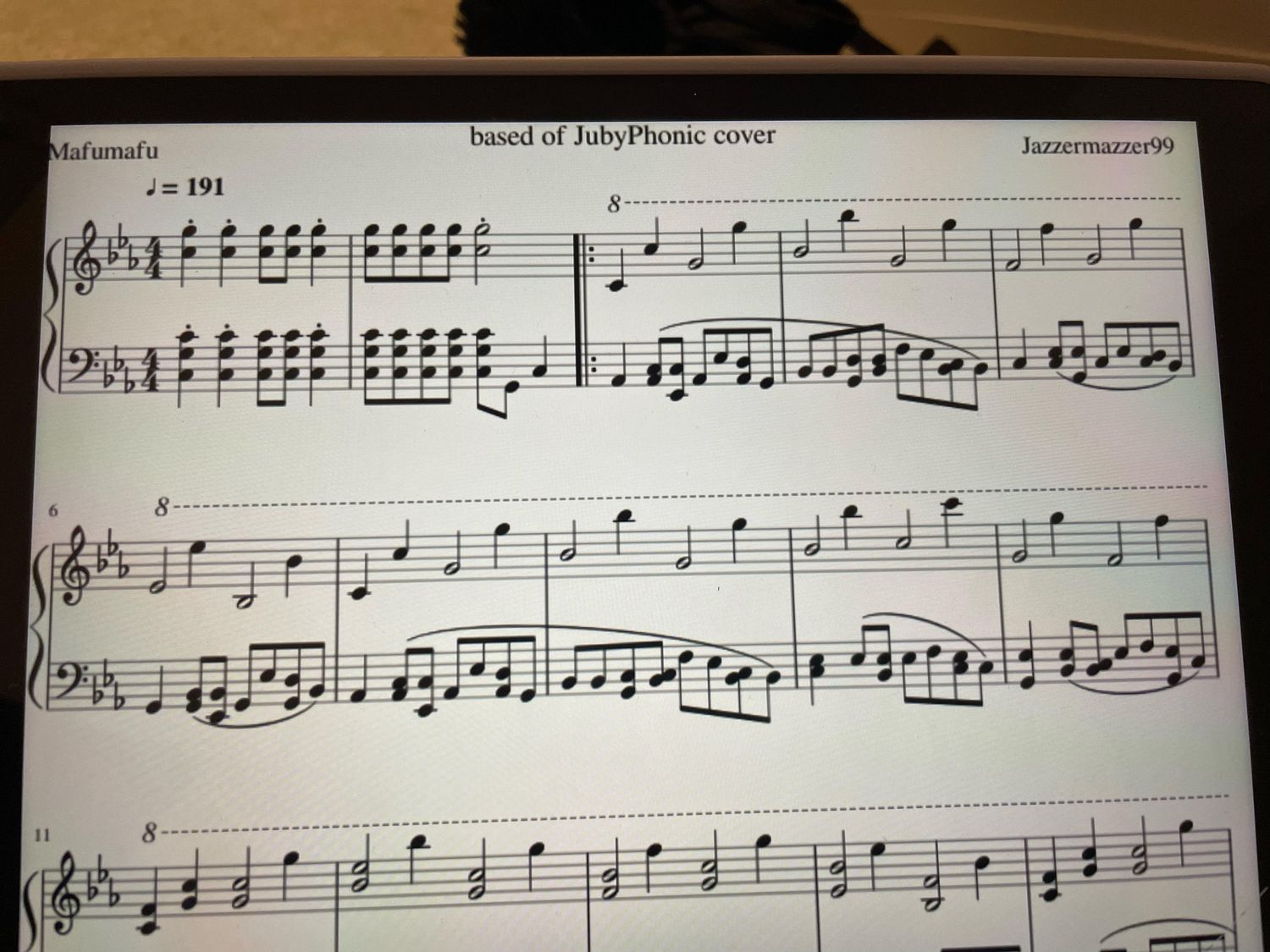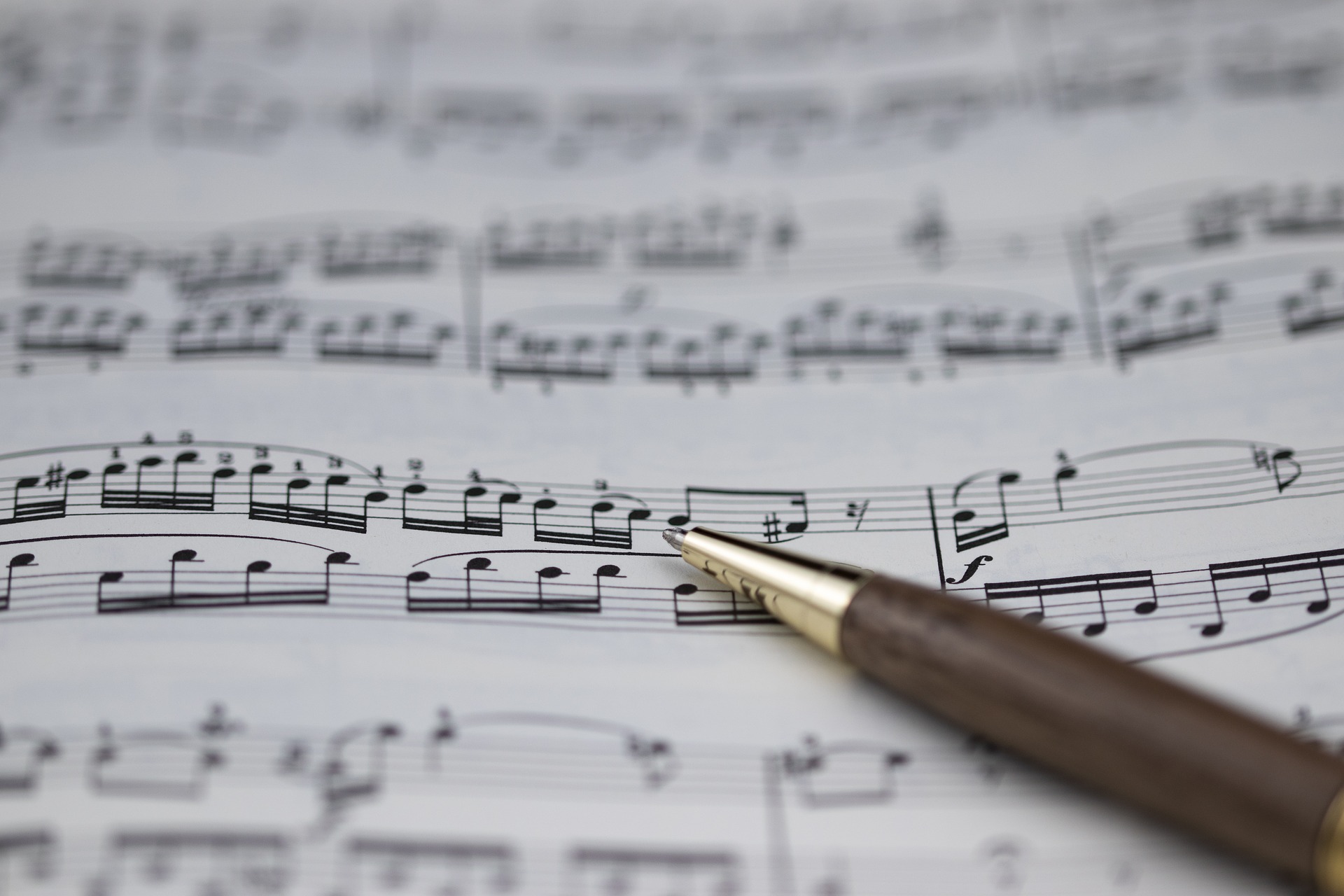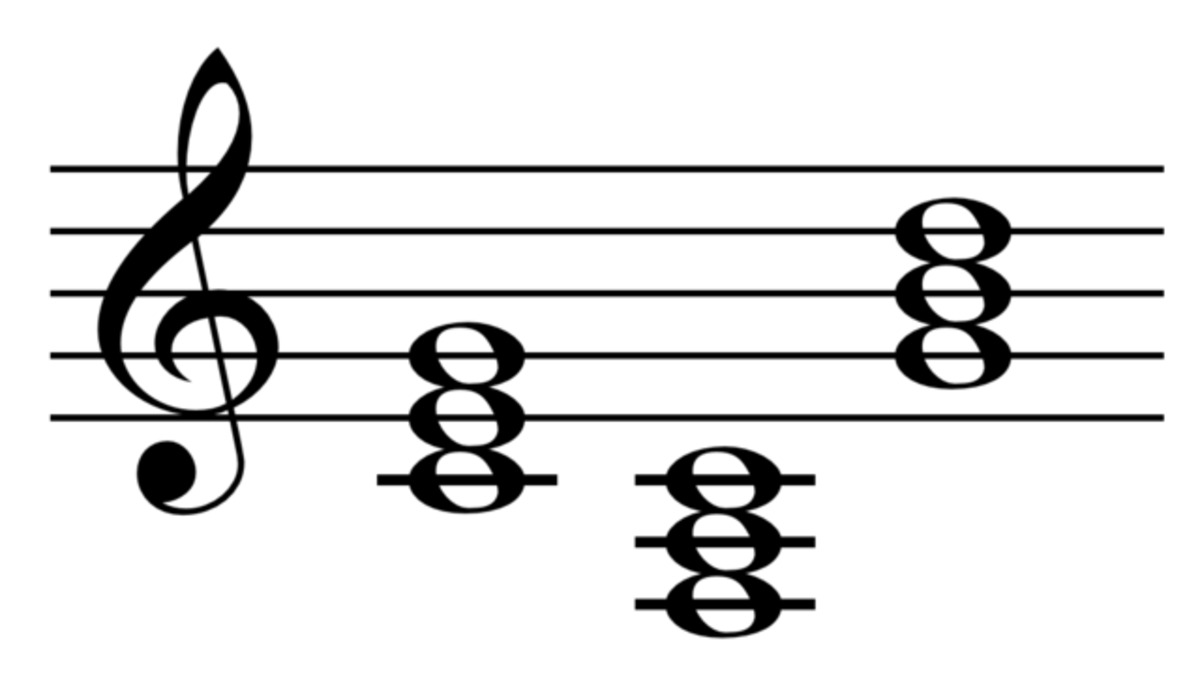Home>Production & Technology>Music Theory>What Is An Upbeat In Music Theory
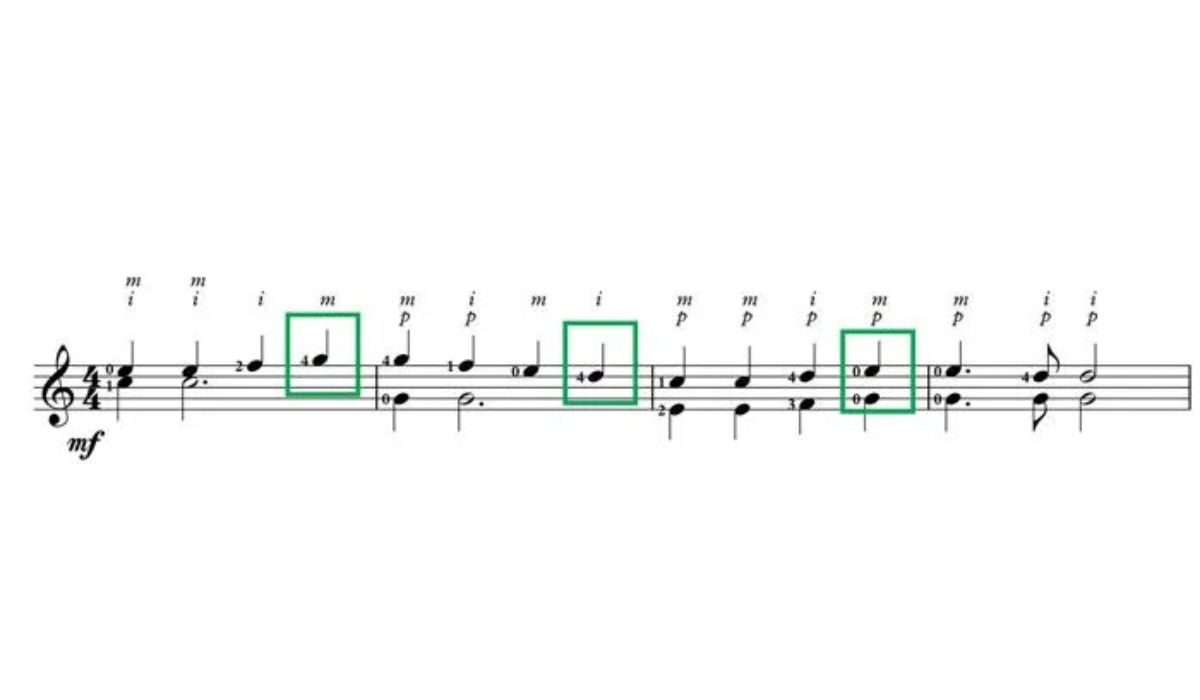

Music Theory
What Is An Upbeat In Music Theory
Modified: February 24, 2024
Discover the meaning of an upbeat in music theory and its significance. Enhance your understanding of music theory with our comprehensive guide.
(Many of the links in this article redirect to a specific reviewed product. Your purchase of these products through affiliate links helps to generate commission for AudioLover.com, at no extra cost. Learn more)
Table of Contents
Introduction
Music theory is a complex and fascinating subject that explores the fundamental principles and elements of music. It delves into the rules and guidelines that shape how music is composed, performed, and understood. One key concept in music theory that greatly impacts the rhythmic aspect of music is the concept of an upbeat.
An upbeat, also known as an anacrusis or pickup, is a musical term that refers to a note or a series of notes that come before the downbeat, which is the first beat of a measure. In other words, an upbeat can be thought of as a musical “prelude” that leads into the main body of the music.
Understanding the role and significance of upbeats in music theory is crucial for musicians, composers, and music enthusiasts alike. In this article, we will delve deeper into the concept of an upbeat, its function within musical compositions, and its different manifestations in various musical styles.
Definition of an Upbeat
At its core, an upbeat refers to the note or group of notes that precede the downbeat in a musical measure. In traditional music notation, the upbeat is often represented by fractional note values, appearing before the vertical bar marking the beginning of the measure. This is in contrast to the downbeat, which falls on the first complete beat of the measure.
Upbeats can take various forms, including individual notes or chords, and can be of varying lengths. They can be as short as a single eighth note, or they can span several beats, depending on the tempo and musical style. The purpose of the upbeat is to create anticipation and prepare the listener for the upcoming downbeat, setting the tone and establishing the rhythmic foundation of the piece.
For example, in a simple 4/4 time signature, where each measure consists of four beats, an upbeat might be a single eighth note occurring just before the first beat. This creates a feeling of forward momentum and prepares the listener to anticipate the strong downbeat.
It’s worth noting that the use of upbeats is not limited to specific musical genres or styles; they can be found across a wide range of music, from classical to jazz, rock to pop. Whether it’s a symphony, a ballad, or a catchy pop song, the presence of an upbeat helps to shape the rhythmic structure and enhance the overall musical experience.
The Role of Upbeats in Music Theory
Upbeats play a vital role in music theory, contributing to the overall rhythm, phrasing, and character of a musical composition. Here are some key roles that upbeats serve:
- Creating anticipation: Upbeats create a sense of tension and anticipation by leading the listener’s ear towards the downbeat. By introducing a note or a chord before the beginning of a measure, upbeats set the stage for what is to come, building excitement and preparing the listener for the main musical phrase.
- Establishing rhythmic patterns: Upbeats help establish the rhythmic structure of a piece of music. By emphasizing the offbeat, or weak beats, they contribute to the overall rhythmic feel and pulse of the composition. This adds complexity and variation to the music, making it more interesting and engaging for the listener.
- Aiding in phrasing: Upbeats also play a crucial role in phrasing within a musical piece. They help shape the natural pauses, breaths, and musical phrases, giving the music a sense of flow and expression. Upbeats provide a sense of direction and guide performers in interpreting the musical passage with proper articulation and dynamics.
- Enhancing musical dynamics: Upbeats can be used strategically to emphasize specific musical moments or to add emphasis to certain musical passages. By highlighting the offbeat, upbeats can create a sense of tension and release, contributing to the overall dynamics and emotional impact of the music.
- Adding complexity to rhythm: Upbeats can introduce syncopation and complex rhythmic patterns, adding depth and interest to the music. They provide opportunities for rhythmic syncopation, where the emphasis is placed on unexpected beats, creating a sense of groove and energy.
Overall, the role of upbeats in music theory is multifaceted. They contribute to the rhythmic structure, phrasing, and emotional impact of a composition. Whether it’s a subtle anticipation-building note or a lively syncopated rhythm, upbeats enhance the musical experience and bring depth to the art of music-making.
Understanding Upbeats in Different Musical Styles
While the concept of upbeats is universal in music theory, the way they are utilized can vary across different musical styles. Let’s explore how upbeats are understood and employed in various genres:
- Classical Music: In classical music, upbeats are often used to create elegance and anticipation. Composers like Mozart and Beethoven frequently employed upbeats to introduce melodies, adding a sense of grace and sophistication. Upbeats in classical music may feature longer durations and can be intricately woven into the overall musical structure.
- Jazz Music: Jazz music is known for its syncopated rhythms and improvisational nature. Upbeats in jazz often emphasize offbeat rhythms, creating a sense of swing and syncopation. Musicians in a jazz ensemble use upbeats to set the rhythmic feel, adding excitement and improvisational opportunities to their performance.
- Rock and Pop Music: In rock and pop music, upbeats are commonly used to create a catchy and energetic feel. Upbeats can be found in the form of guitar riffs, drum fills, or vocal accents that lead into the main chorus or verse. Upbeats in these genres often have a shorter duration, adding a sense of urgency and driving the rhythm forward.
- Folk and Traditional Music: Folk and traditional music often utilize upbeats to enhance the storytelling aspect of the music. The use of upbeats in these genres can create a sense of narrative flow and provide rhythmic cues for dancers or other performers. They contribute to the lively and communal nature of these musical styles.
It’s important to note that these are just a few examples, and upbeats can be found in many other musical genres and styles. The understanding and use of upbeats can vary within each genre as well, depending on the specific artist or composer’s stylistic choices.
By understanding how upbeats are used in different musical styles, musicians and enthusiasts can deepen their appreciation for the music they enjoy and gain insight into the unique rhythmic nuances of each genre.
Examples of Upbeats in Classical Music
Classical music is rich in examples of the creative and strategic use of upbeats. Here are a few notable examples that demonstrate the role and impact of upbeats in this genre:
- Mozart’s Symphony No. 40 in G Minor: In the opening movement of this renowned symphony, Mozart used a distinctive three-note upbeat to introduce the main theme. The ascending upbeat draws the listener’s attention, creating anticipation before the full orchestra enters with the powerful downbeat. This use of upbeats sets the tone for the dramatic and emotional journey that unfolds throughout the piece.
- Beethoven’s Symphony No. 5: Beethoven’s Fifth Symphony is widely recognized for its iconic four-note motif (“da-da-da-dum”), which begins with a strong downbeat. However, it is the brief upbeat that precedes this motif that adds a sense of urgency and intensity. The upbeat acts as a musical “call to attention,” serving as a signature element in defining the symphony’s iconic character.
- Bach’s Brandenburg Concerto No. 3: In the lively first movement of Bach’s Brandenburg Concerto No. 3, the upbeat takes center stage. The entire movement is built upon a repeating upbeat phrase played by the violins and violas, creating a sense of continuous energy and motion. This use of upbeats gives the concerto a vibrant and buoyant feel, showcasing Bach’s mastery of contrapuntal writing.
- Handel’s “Messiah” Hallelujah Chorus: The “Hallelujah” chorus from Handel’s iconic oratorio, “Messiah,” features a memorable use of upbeats. The chorus begins with a series of short, repeated upbeats that crescendos into the resounding “Hallelujah” on the downbeat. This clever use of upbeats builds anticipation and adds grandeur to the chorus, making it one of the most recognizable and celebrated pieces in classical music.
These examples demonstrate how upbeats are employed in classical music to enhance the emotional impact, create anticipation, and add depth to the compositions. The skillful use of upbeats by these renowned composers highlights the importance of understanding and appreciating the role of upbeats in classical music theory.
Upbeats in Contemporary Music
While upbeats are often associated with classical music, they are also prevalent in contemporary music across various genres. Here are some examples of how upbeats are used in popular forms of music today:
- Pop Music: In pop music, upbeats are commonly used to create catchy and memorable hooks. For instance, the upbeat guitar riff in The Beatles’ “Day Tripper” instantly grabs the listener’s attention and sets the energetic tone for the song. Upbeats in pop music often feature short and punchy rhythmic patterns, adding a sense of groove and charisma to the music.
- R&B and Hip Hop: Upbeats play a significant role in the rhythmic complexity of R&B and hip-hop music. In these genres, upbeats can be found in the form of sampled beats or drum fills that add layers of syncopation and groove. Artists like Beyoncé and Kendrick Lamar make use of upbeats to create intricate rhythmic patterns and add flair to their vocal delivery.
- Electronic Dance Music (EDM): In the realm of EDM, upbeats are often utilized to build and release tension on the dance floor. DJs and producers frequently employ upbeats in the form of rising synth sweeps or drum fills to intensify the energy before a drop or chorus. These upbeats serve as climactic moments that keep the audience engaged and moving to the rhythm.
- Indie and Alternative Music: Upbeats in indie and alternative music can manifest in various ways, from unconventional instrumentation to offbeat rhythms. Artists like Vampire Weekend and Arcade Fire incorporate upbeats to create distinctive and memorable musical passages that inject energy and character into their songs.
Across these contemporary genres, upbeats continue to serve as dynamic elements that enhance the rhythm, create anticipation, and shape the overall musical experience. Whether it’s through catchy guitar riffs, intricate vocal patterns, or electronic flourishes, upbeats bring depth and excitement to modern musical compositions.
It’s important to note that contemporary music often pushes the boundaries of traditional musical concepts, including upbeats. The versatility and adaptability of upbeats are showcased in the diverse range of styles and inventive approaches found in contemporary musical expressions.
Conclusion
Upbeats are an integral part of music theory, influencing the rhythm, phrasing, and overall character of a musical composition. They create anticipation, establish rhythmic patterns, aid in phrasing, enhance musical dynamics, and add complexity to the rhythm. Upbeats are present in various musical styles, including classical, jazz, rock, pop, folk, and more, each with its own unique utilization and expression.
In classical music, composers such as Mozart, Beethoven, Bach, and Handel showcased their artistry by strategically incorporating upbeats to evoke emotions, build tension, and enhance the musical narrative. Meanwhile, contemporary music genres like pop, R&B, hip hop, EDM, indie, and alternative continue to explore the creative potential of upbeats, infusing them with catchy hooks, syncopated rhythms, and innovative production techniques.
Understanding the role of upbeats in music theory allows musicians, composers, and music enthusiasts to appreciate the intricacies of rhythm and phrasing within different genres. It provides insight into the compositional choices and stylistic nuances used by artists across the music spectrum.
Whether you’re drawn to the classical elegance of Mozart, the syncopated beats of jazz, the infectious hooks of pop music, or the experimental sounds of contemporary genres, recognizing and appreciating the presence of upbeats enriches the listening experience. So, the next time you tap your foot or bob your head to a favorite song, take a moment to acknowledge the subtle yet significant role of upbeats in shaping the essence of the music.


